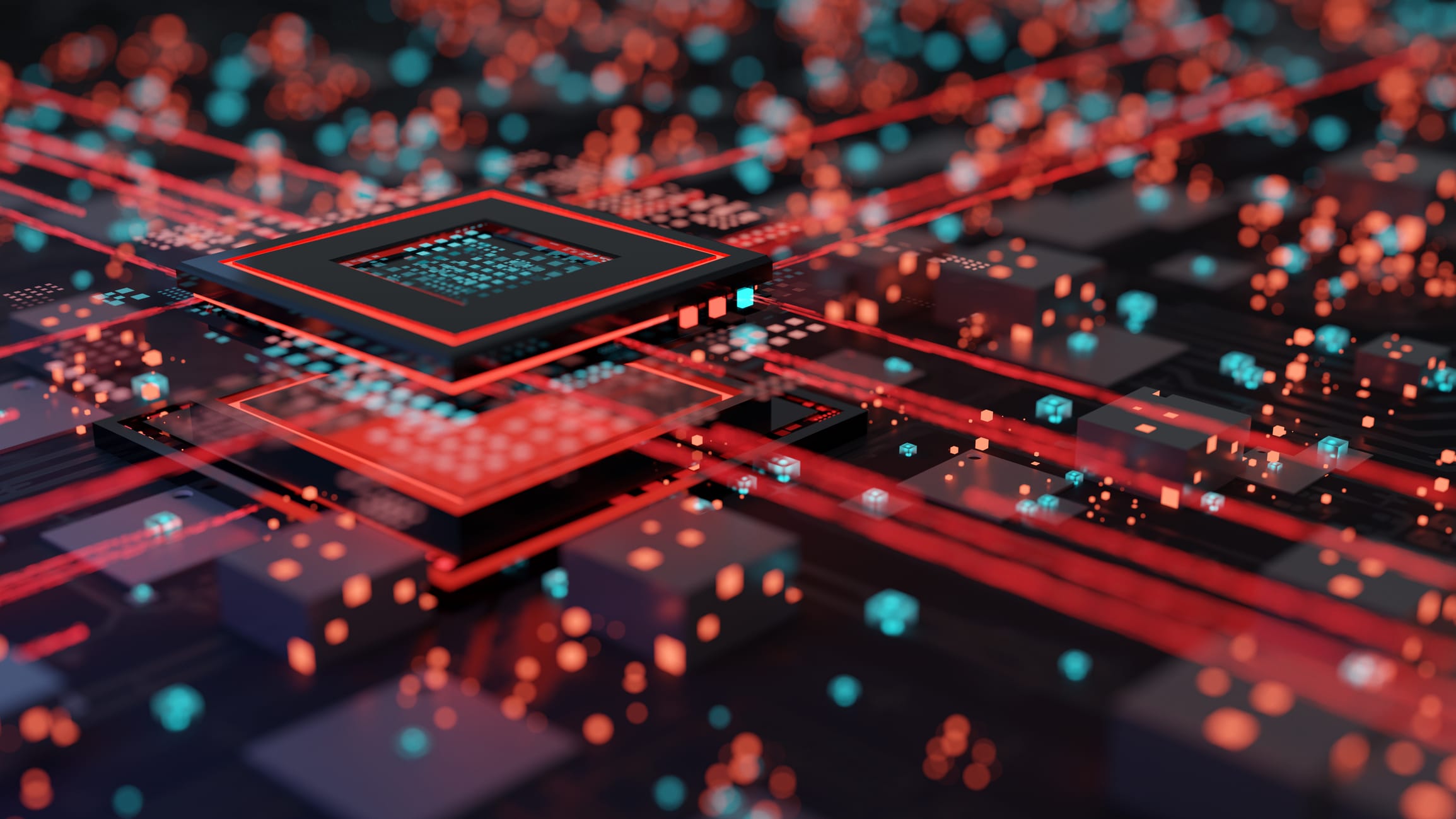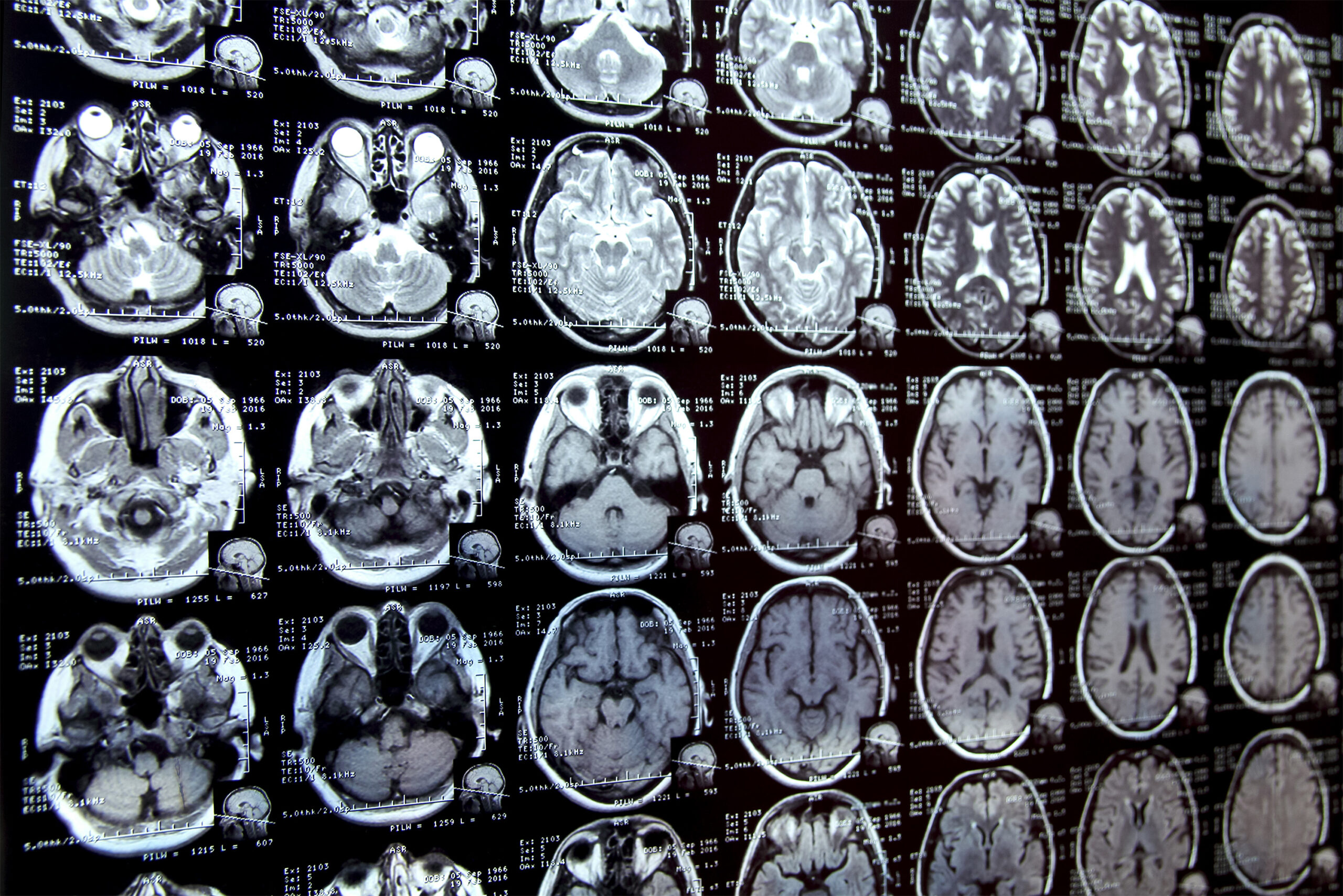The Dawn of Advanced AI Infrastructure: Addressing the Gap
As artificial intelligence continues to evolve and inspire groundbreaking applications, a critical challenge has emerged: the disconnect between AI’s potential and the infrastructure required to support it. While the industry has developed cutting-edge GPUs, inference chips, and accelerators capable of performing at astronomical levels, the underlying systems powering them remain woefully inadequate. This mismatch has created a bottleneck, particularly in the area of inference—the real-world application of trained AI models.
From Spacecraft to Pothole-Filled Runways
Imagine building state-of-the-art AI “spaceships” only to launch them from runways riddled with potholes. This is the reality many organizations face today. While AI training demands large-scale GPU clusters, inference requires its own specialized infrastructure. Unfortunately, most companies still rely on outdated host CPUs for inference tasks, leading to inefficiencies and soaring costs. This is akin to using a spaceship for a short commute—it’s overkill and highly impractical.
Tackling Energy and Cost Challenges
The use of large AI models not only strains computational resources but also significantly increases data center energy consumption. This has financial, operational, and environmental impacts. Initiatives to reduce energy consumption, such as leveraging nuclear power for data centers, are commendable. However, the real game-changer lies in redesigning the infrastructure itself to be more energy-efficient and optimized for AI inference tasks.
Innovating the Launchpad: System-Level Redesigns
To maximize the performance of AI accelerators, industry leaders are shifting focus from building faster “rockets” to creating smarter “launchpads.” This includes integrating host CPU and networking functions into a single chip to enhance efficiency and utilization. Currently, many AI accelerators operate at less than 50% of their potential capability—a staggering level of waste. Innovative startups like d-Matrix and Cerebras are leading the charge in optimizing AI infrastructure, promising near 100% utilization of existing hardware.
Specialized Solutions for a Growing Market
Specialization is becoming a key trend in the AI industry. As companies like Nvidia and AMD focus on building powerful accelerators, others are prioritizing the development of supporting infrastructure, such as advanced cooling systems, networking, and storage solutions. These innovations are essential to handle the increasingly complex demands of AI-driven applications, from generative AI to agentic AI systems.
2025: The Year of Pragmatic AI Solutions
As the initial hype around AI subsides, the industry is moving toward practical, cost-effective, and sustainable solutions. By addressing the inefficiencies of legacy infrastructure, mid-market and smaller organizations can finally gain access to advanced AI technologies without breaking the bank. This democratization of AI is set to unlock unprecedented innovation across diverse sectors, from healthcare and finance to entertainment and manufacturing.
An excellent example of AI’s practical application can be seen in the upcoming launch of The World’s First AI-Driven Hotel at CES 2025. This project demonstrates how optimized AI infrastructure can revolutionize customer experiences in the hospitality sector.
The Road Ahead: Intelligent Highways for AI
The future of AI lies in building intelligent highways that allow data to flow seamlessly, free from the limitations of outdated infrastructure. By embracing system-level innovations and sustainable practices, the industry can pave the way for broader adoption of AI technologies, ensuring that businesses and consumers alike can benefit from this transformative technology.
In this new era, AI infrastructure will no longer be a hindrance—it will serve as the catalyst for groundbreaking advancements, enabling organizations to explore new possibilities and drive meaningful change.







